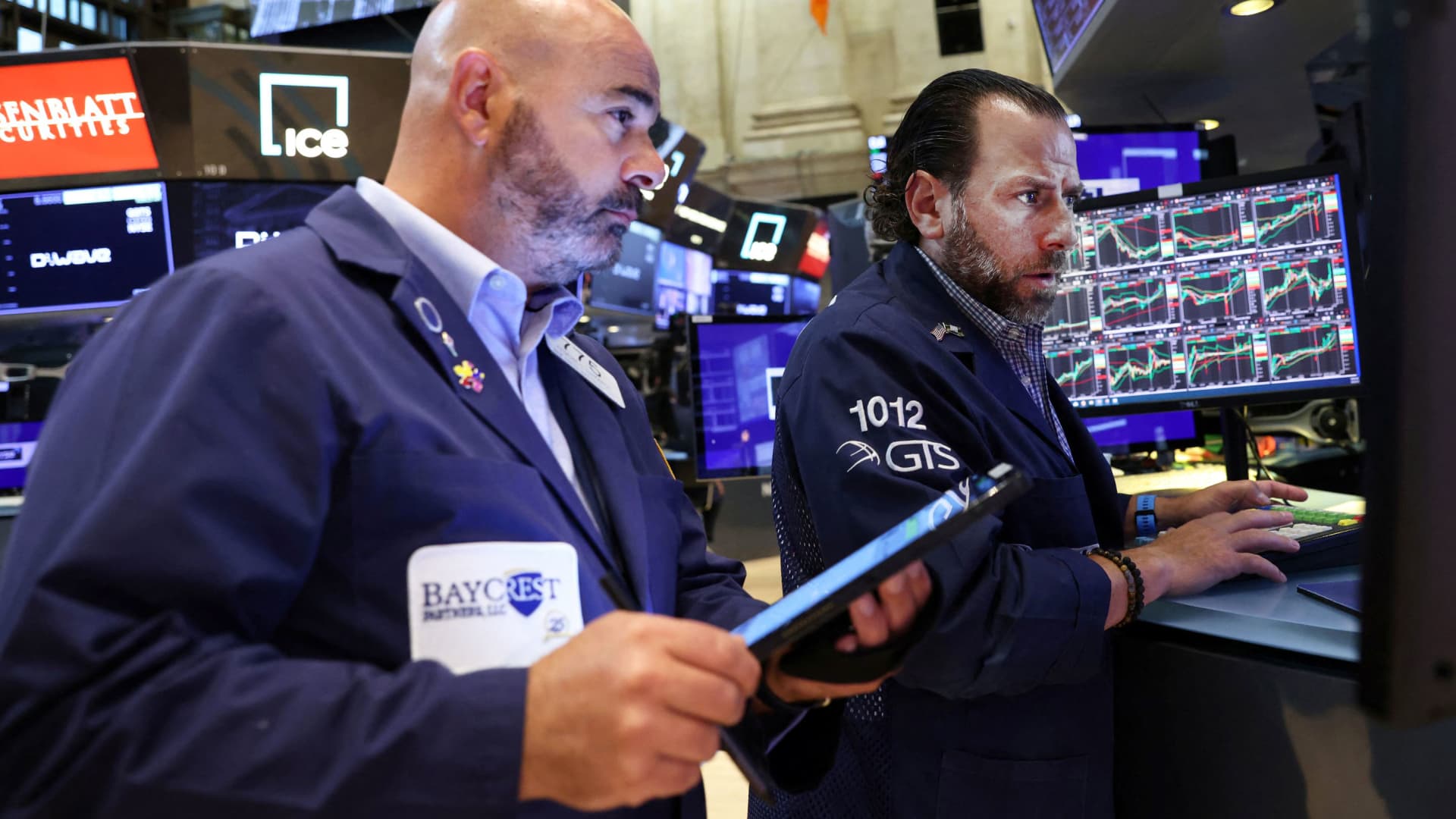
Major U.S. indexes kept up their second-half bounce with another solid week of gains last week — sparking hope that the bear market might be at an end. But strategist Victoria Fernandez is not calling the bottom yet, as she continues to monitor several key indicators for signs that the market has bottomed. “We are not 100% in that camp. Bear market rallies and the start of new bull markets look similar, but we need to see the broad-based momentum to believe this is more than a shorter-term rally,” Fernandez, chief market strategist at Crossmarks Global Investments, told CNBC’s “Street Signs Asia” on Friday. The S & P 500 notched its fourth straight week of gains last week and its longest winning streak since 2021. Likewise, the Nasdaq Composite also climbed for a fourth consecutive week. Indicators of a market bottom Fernandez added that while the number of stocks hitting 20-day highs has increased, the overall market has yet to see 90% of stocks above their moving averages — a level she said is typically required for a market to establish a bottom. “We want to see a combination of these two factors to fulfil the momentum trend,” she added. As such, Fernandez advised investors to remain cautious of a potential pullback in the market given the many unknowns that have yet to fully play out. The market has yet to see a trough in U.S. PMIs, or the Purchasing Managers’ Index — a closely-watched gauge of business activity, often viewed as a reliable indicator of overall economic health. The S & P Global U.S. Composite PMI Output Index came in at 47.5 in July, down from 52.3 in June — showing a contraction in business activity for the first time since June 2020, a deeper decline than expected. “The labor market is also continuing to move higher with jobless claims in the U.S. , so we want to see peak jobless claims before we call a bottom. I think maybe we are starting to form a bottom, but we are not quite there yet, so be cautious,” Fernandez added. Fed is nowhere near ‘putting on the brakes’ Fernandez does not see the economy as in a recession at this point, citing “too much support” from the consumer, as well as household and corporate balance sheets. A more immediate problem for the economy is inflation, according to Fernandez, which is likely to stay sticky for some time. “We have probably reached peak inflation, but the stickiness of the inflation that remains (i.e., rents) keeps pressure on the Fed and therefore the markets,” she said. Consumer prices rose 8.5% in July from a year ago — a slower pace than the previous month, but still indicative of strong inflationary pressures in the economy. But Fernandez warned that the slowing rate of growth does not imply that it is “mission accomplished” for the U.S. Federal Reserve. “This probably won’t affect their decision to move 50 or 75 bps [basis points] at the September meeting. The more important report will be the next CPI report to see if we are actually forming a plateau or downward trend, or if this was just a pause … I don’t think the Fed is anywhere near putting on the brakes and turning dovish,” she said.
